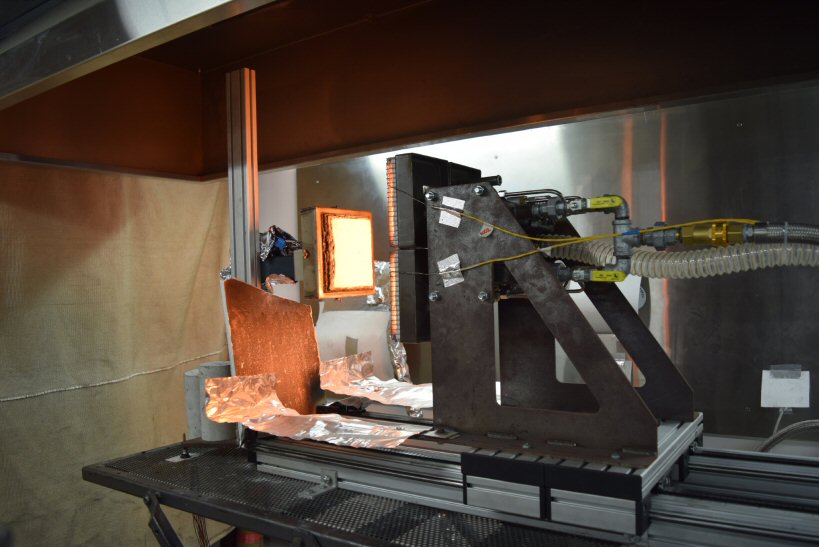Intumescent coatings
This research focuses on thin-intumescent coatings (or reactive coatings), at present the dominant passive fire protection used to protect structural steel from fire.
These coatings swell on heating to form a highly insulating char, hence preventing steel from reaching critical temperatures that could cause structural failure. It has been verified that the current design method based on compliance to standard fire resistance tests has shortcomings. The main reasons are the fire-dependent nature of these organics materials and the large variety of products with different compositions available in the market.
UQ Fire research projects on intumescent coatings include:
'Reliability of Intumescent Coatings used in Load-bearing Steel Structures' led by Andrea Lucherini (PhD).
This research project aims at further investigating the different aspects influencing the effectiveness of intumescent coatings when subjected to a range of standard and non-standard fire exposures. Numerous specimens will be exposed to several time-histories of incident radiant heat flux using an array of high-performance radiant heaters (shown below). This novel methodology allows for the precise control of the thermal boundary condition imposed on test samples, and the accurate gauging of their thermal and physical response. This work will shed light in the possibility of a universal fire testing procedure and design methodology for intumescent coatings used in steel structures.

Mid-scale Heat-Transfer Rate Inducing System (H-TRIS) for studying the fire performance of thin-intumescent coatings
'Effectiveness of intumescent coatings under a range of fire conditions' recently completed by Adam Segall (BE-ME).
'Effectiveness of intumescent coatings under a range of heating conditions' recently completed by Nemer Abosamha (IMFSE).

